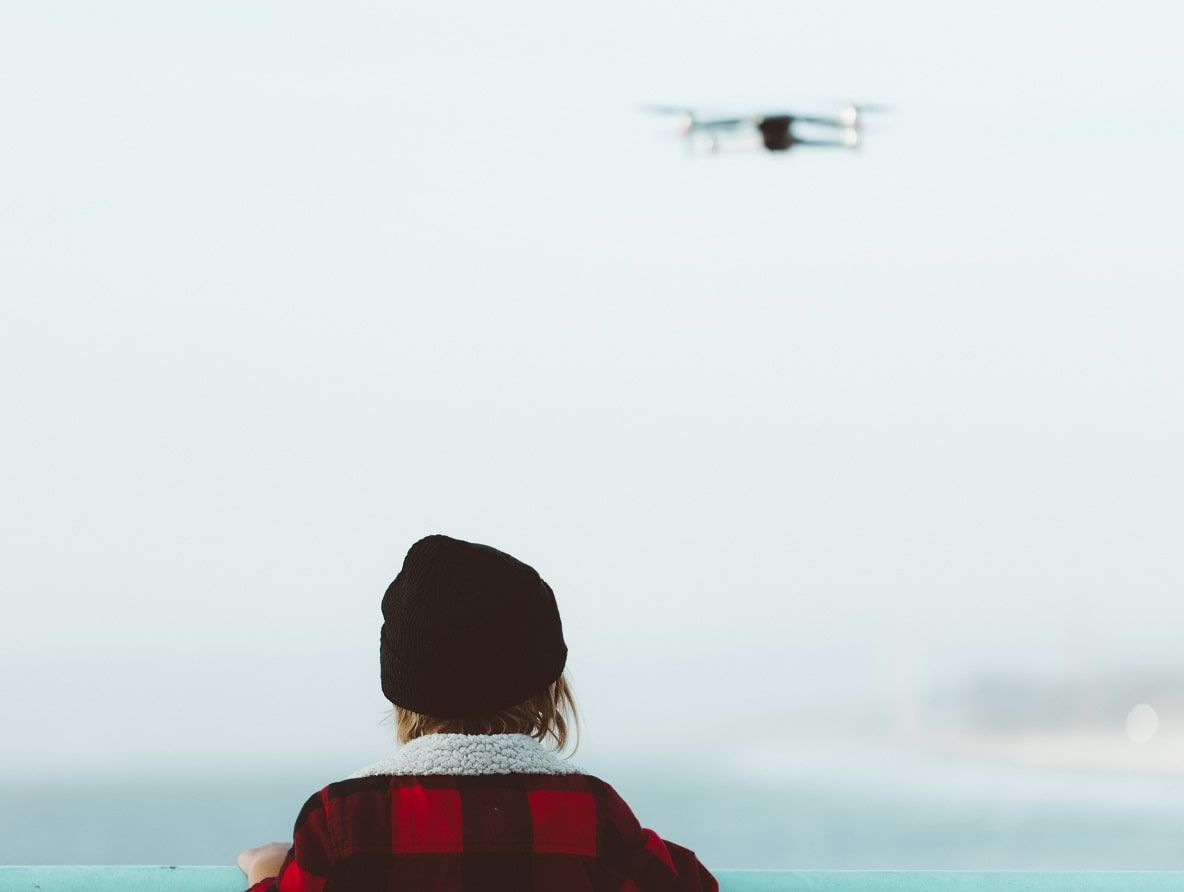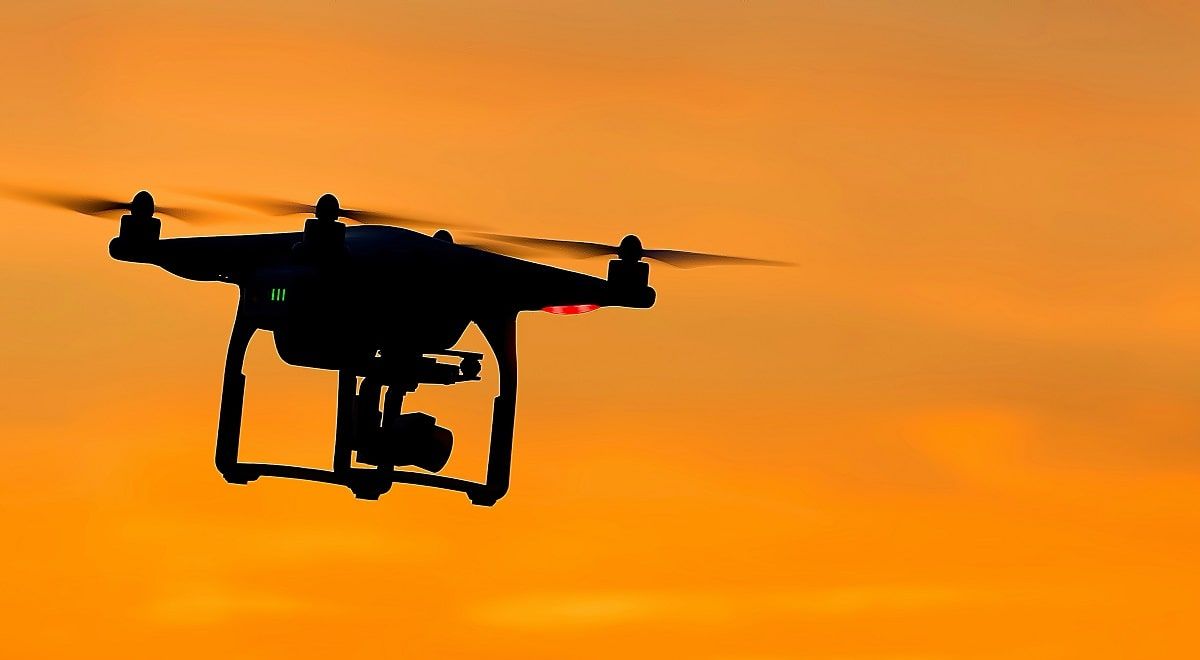Learn the Different FPV Drone Flight Modes & How to Set Up
Rent film gear from local filmmakers.

Rent film gear from local filmmakers.
You've probably heard of flight modes, but did you know there are various types?
Get to understand terms such as acro, rate, manual, self-level and horizon mode and learn how the different flight modes affect the flight characteristics of the drone.
Let's face it, learning about all the different features that come along with owning a drone can be pretty intricate—odd terms, loose instructions and so on.
I am here to guide you through a few different flight modes while also providing valuable tips on setting them up.
Drones are a great asset to have in your gearbox, but far from the only one. Explore what else there is of essential camera equipment.
Two main flight modes: Self-level & Acro
Let's start with the most common flight modes, namely Self-level & Acro.
When it comes to drones, mastering these two is a necessity.
Why?
The flight modes assist with how the flight controller (the computer chip that controls the drone's motors) helps the pilot with flying the drone.
In Self- level mode, the flight controller can take over as soon as the pilot takes their hands off the transmitter's sticks and keeps the drone level - this is why it is particularly recommended for beginners.
On the other hand, in Acro-mode, if the pilot takes their hands off the transmitter's sticks, the drone only continues its flight in the same orientation. This is why the pilot needs to hang tight and make constant adjustments.

The different FPV flight modes
Of course, flying a drone doesn't just boil down to two flight modes - but learning how to manage them can take your footage to the next level.
Here are a few tips regarding the different flight modes and how to set them up.
All self-level mode
As previously mentioned, the all self-level mode is the best fit for beginners because it is fully automatic.
Once the pilot lets go of the stick, the drone keeps its levelled position.
Moreover, pitch and roll inputs determine how far the drone will rotate on the axis.
Angle mode
Angle mode is a self-level mode that has to do with the tilt of your drone. Here, you need to learn how to properly move your roll/pitch stick to its top position.
In that way, the aircraft only reaches the maximum angle that it's allowed to tilt (generally 45 degrees, yet it is adjustable) while also ensuring it won't flip over.
As the stick reaches the centre once again, your drone will return to its initial position. Having this much control over your drone is ideal when shooting in tighter places.
Horizon mode
Unlike Angle mode, you can do flips and rolls when the stick is at full deflection in Horizon mode. Though, when the pilot's hand leaves the controller, the craft level remains the same.
Doing flips in Horizon mode is not fully acrobatic and is sort of like a toy-grade push button flip.
When using both Angle and Horizon mode, you might run into a problem - they might be missing in the modes tab. This is because the accelerometer is disabled within Betaflight. Some people disable ACC because they only fly in Acro mode.
Disabling ACC will save some workload on the processor. There is a checkbox to enable/disable the accelerometer in the Configuration tab.

Acro mode
Here's where things get a bit more complicated. As it is fully manual, Acro mode is the "ultimate flight mode" for freestyle flying and drone racing.
Levelling the aircraft falls entirely in your hands because letting go of the stick means its roll and pitch position remains the same. Constant adjustments are needed to keep the drone from crashing.
In Acro mode, you control the drone's rotation with the stick instead of the angle - hence, it is the perfect acrobatic mode.
That means if you push your pitch stick forward and hold it there, the drone will continue to rotate at a constant rate instead of just remaining at an angle like it would in self-level mode.
Returning to its level position requires moving the stick in the opposite direction.
You might notice that Acro mode isn't available as an option in the modes tab, and that's because Acro mode is automatically enabled as soon as you arm the quadcopter.
Rent or subscribe to your next drone
Now that you know more about FPV drone flight modes and how to set them up, you can put theory into practice by getting your own drone.
You don't have to stress too much about making a big investment in a drone at once when you can easily rent or subscribe to a drone here.
Just try it out for a while or switch to another one. It's up to you. Don't forget one thing though- have fun with it!
About the instructor
Adam Sadilek
Video Producer
Aarhus, Denmark
Adam is a videographer, photographer, and drone flyer based, who works with both small and large businesses to help them achieve their goal and visualize the powerful stories they would like to tell.
FPV Drone Flight Modes FAQ
What are drone flight modes?
Flight modes are the different ways you can manage the controller, and they affect the flight characteristics of the drone.
What modes do FPV drone racers use?
Racers generally use Acro and Horizon because they are the most flexible modes when it comes to acrobatics.
What is horizon mode in FPV?
Horizon mode is the flight mode that allows the pilot to take their hand off the controller as it ensures that the drone remains level without stick input.
Rent FPV drones from local creators.
Save up to 40%.
Global Coverage included.
https://images.wedio.com/images/listing_images/images/1946431/300x215/dji-fpv.jpg
https://www.wedio.com/en/fpv-drones
https://images.wedio.com/images/listing_images/images/1937729/300x215/ori-dji-fpv-combo-drone-3372.jpg
https://www.wedio.com/en/fpv-drones























